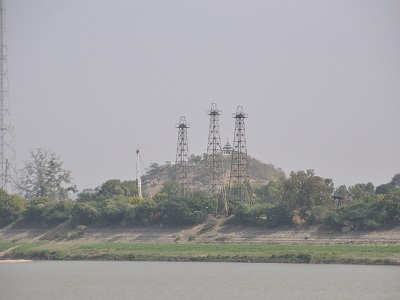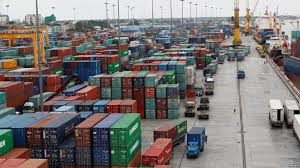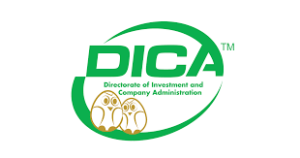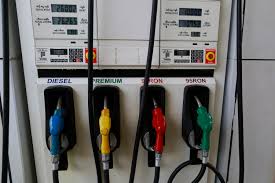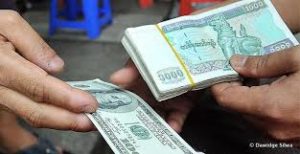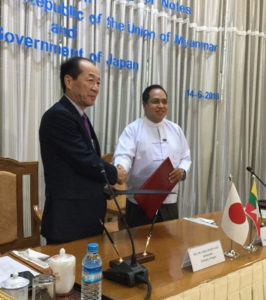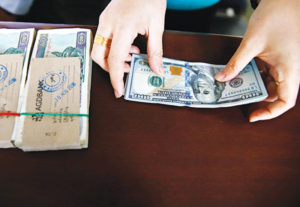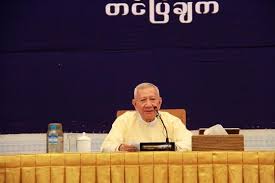
The danger of Myanmar’s ongoing currency crisis, characterized by the sharp depreciation of the Myanmar kyat against the US dollar, must not be underestimated, said economist Dr. U Myint at public forum on the exchange rate at the Union of Myanmar Federation of Chambers of Commerce and Industry (UMFCCI) in Yangon on August 4.
Over the weekend, the value of US$1 in the local market was set at K1,462 – K120 higher than last month. He explained that if earnings from exports in local currency are no longer able to cover the costs of production, huge losses will be incurred and enterprises have to close down. When enterprises close down, workers lose jobs, and farmers and fishermen cannot sell their products. When they cannot sell their products this year, they will not produce them next year. The economic, social and political consequences of this chain of events can be serious.
The economist compared Myanmar’s current crisis with Indonesia’s economic crisis in 1997, which led to widespread public riots and the fall of President Suharto in 1998. He highlighted that financial problem can become an economic problem, a social problem, a political problem, and a security problem step by step, eventually bringing down the government.
To raise the value of the kyat and strengthen the national economy, Dr. U Myint urged the government to buy up dollars in the domestic market, slowly reduce interest rates, and seek technical assistance from the International Monetary Fund (IMF).
He also urged the government to release macroeconomic data to the public in order to dispel the confusion and uncertainty that allows speculators to exploit the country’s economic woes.
Source: Coconuts Yangon


